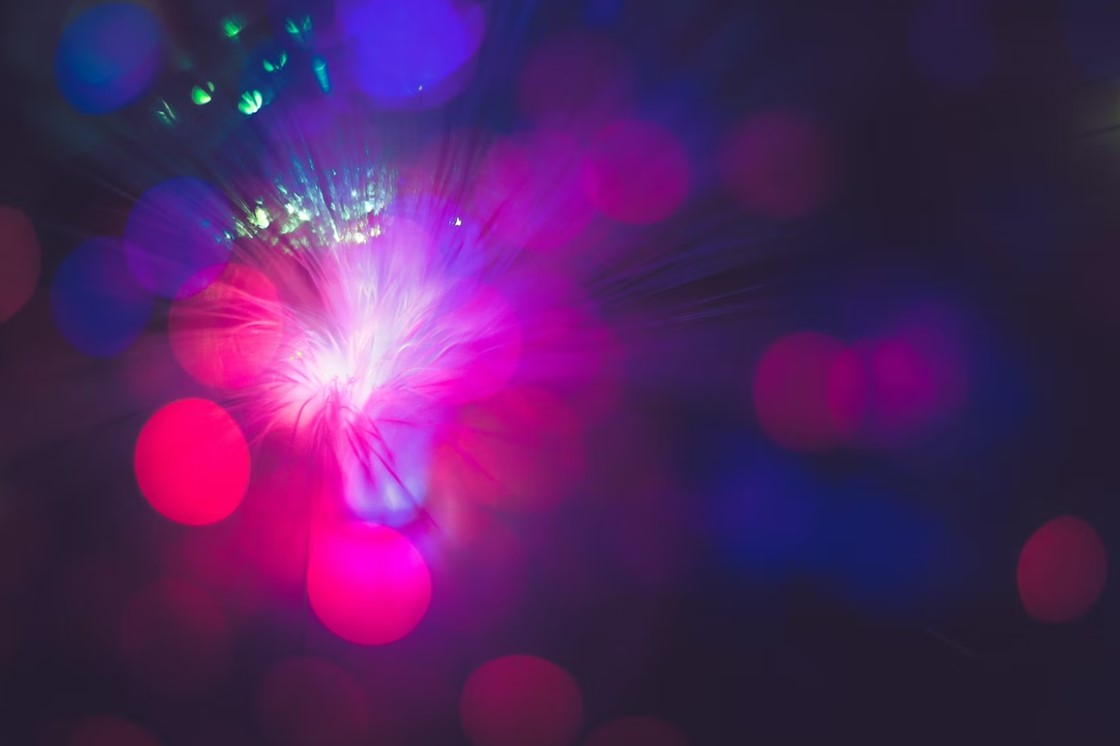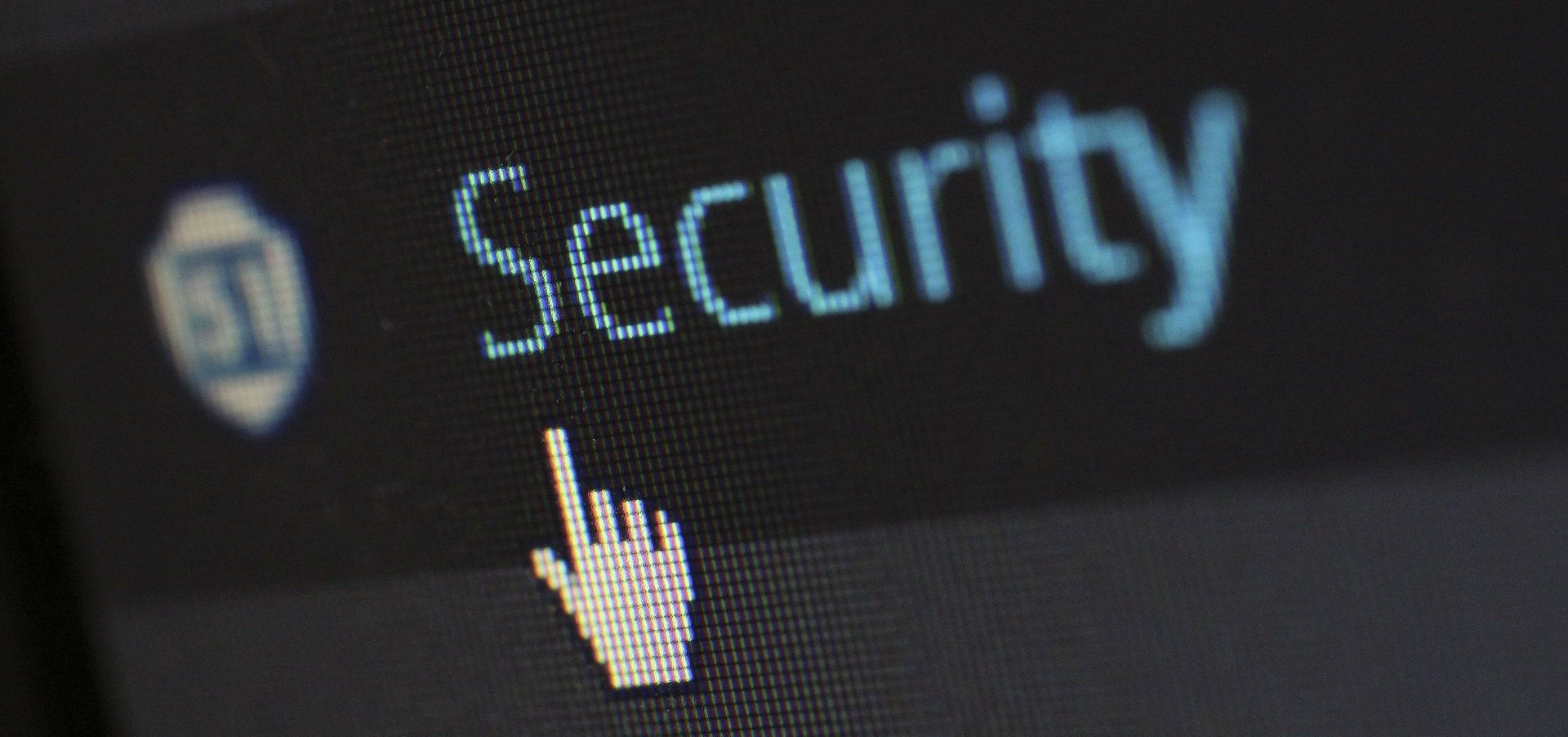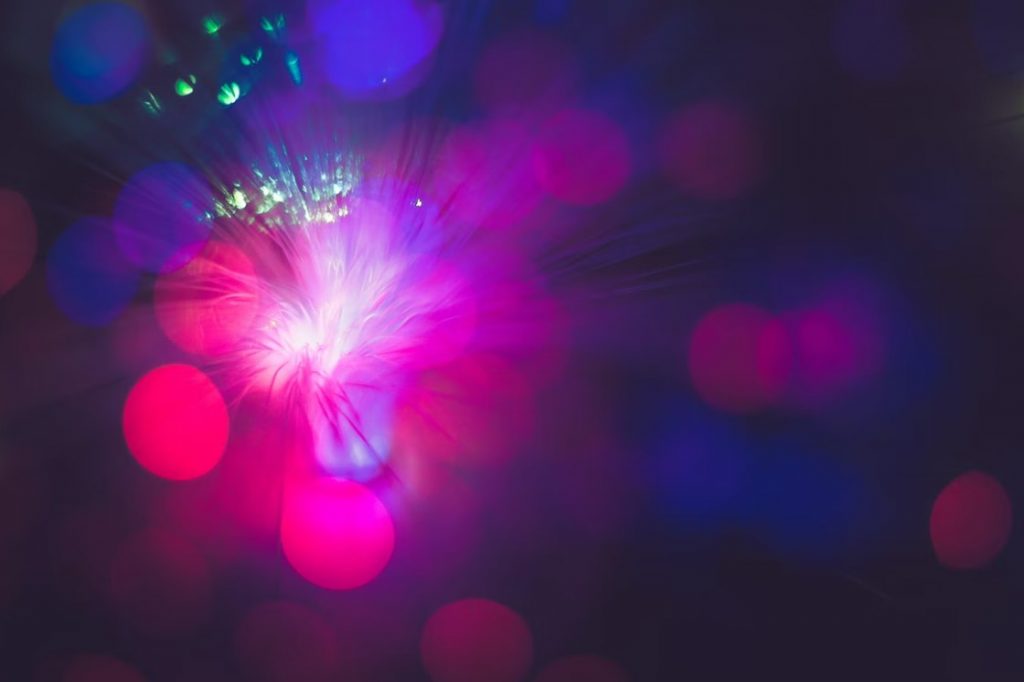
There are countless beauty products available on the market. From high-end designer brands to affordable drugstore options, there is no shortage of choices. Unfortunately, there is also no shortage of counterfeit beauty products, commonly referred to as “fake cosmetics.” These fake products are often sold at discounted prices and can be found online or in counterfeit shops. While the prices may be tempting, purchasing fake cosmetics can have dangerous consequences. In this article, we will explore the dangerous truth behind counterfeit beauty products.
The Risks of Fake Cosmetics
Counterfeit beauty products may look similar to their genuine counterparts, but the similarities end there. Fake cosmetics are often made with subpar ingredients that can cause harm to your skin. These ingredients may be toxic, contaminated, or expired, and can cause serious health problems such as skin irritation, rashes, and even infections. In some cases, fake cosmetics have been found to contain dangerous levels of heavy metals, such as lead and mercury, which can cause long-term damage to the body.
The Risks of Online Shopping
While shopping for beauty products online may be convenient, it can also be risky. Online marketplaces such as Amazon and eBay are filled with counterfeit beauty products. These fake products are often sold by unauthorized resellers who purchase them in bulk from overseas suppliers. It’s important to note that these sellers are not always aware that they are selling counterfeit products, but regardless, the risks remain the same.
The Risks of Counterfeit Shops
In addition to online marketplaces, counterfeit beauty products can also be found in brick-and-mortar shops. These counterfeit shops are often found in large cities, particularly in areas with high tourist traffic. These shops may look like legitimate stores, but they sell fake products at a fraction of the price. The danger of purchasing from these shops is that you have no idea what you are actually buying. The products may look the same, but the ingredients inside could be harmful.
How to Spot Fake Cosmetics
The first step in avoiding fake cosmetics is to know how to spot them. Here are some tips to help you identify counterfeit beauty products:
- Packaging: Check the packaging for any spelling errors or inconsistencies. Genuine beauty products will have consistent packaging, while counterfeit products may have minor differences.
- Price: If the price seems too good to be true, it probably is. Genuine beauty products are expensive to produce, so if a product is being sold at a significant discount, it may be fake.
- Source: Always buy beauty products from authorized retailers. If you are shopping online, make sure you are purchasing from the brand’s official website or a reputable retailer.
- Reviews: Check the reviews for the product and the seller. If there are multiple negative reviews or complaints about counterfeit products, it’s best to steer clear.




